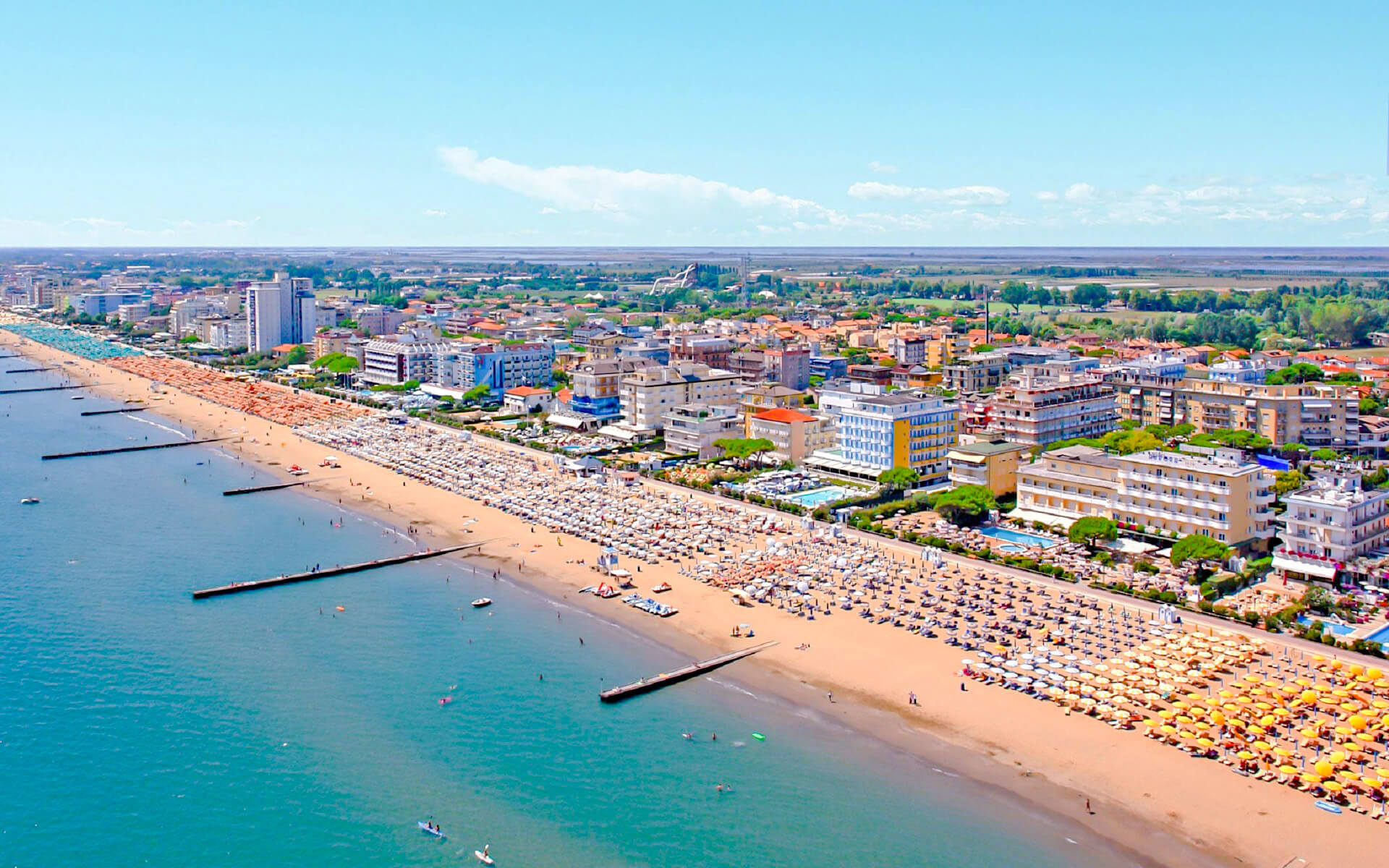Jesolo (also Iesolo) is a comune and coastal resort town in the province of Venice, Italy.
This coastal town is very popular with foreign tourists and also locals. It has a huge quantity of hotels and shops next to the beach.
TOURIST INFORMATION
- Lido di Jesolo Tourist Information Office (Azienda di Promozione Turistica / Ufficio I.A.T. Lido di Jesolo), 13, Piazza Brescia. tel: +39 0421 370601, fax: +39 0421 370608, Email: info@aptjesoloeraclea.it


